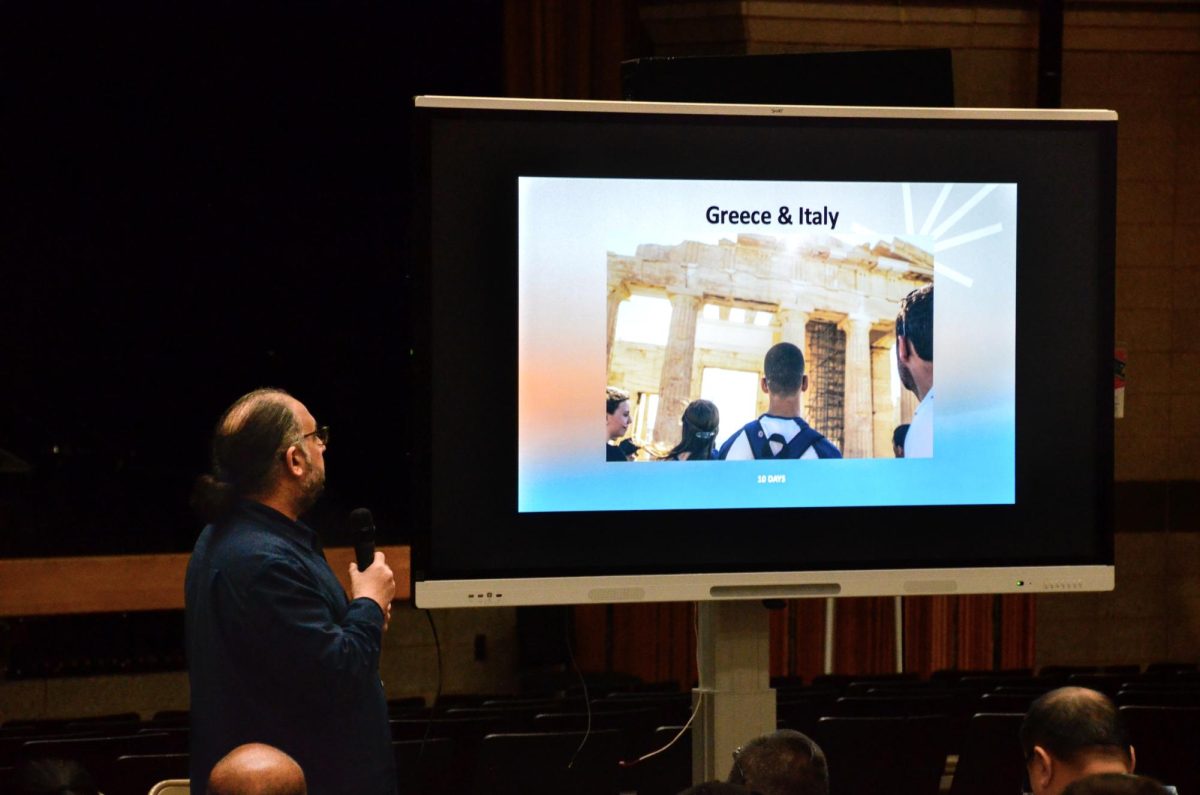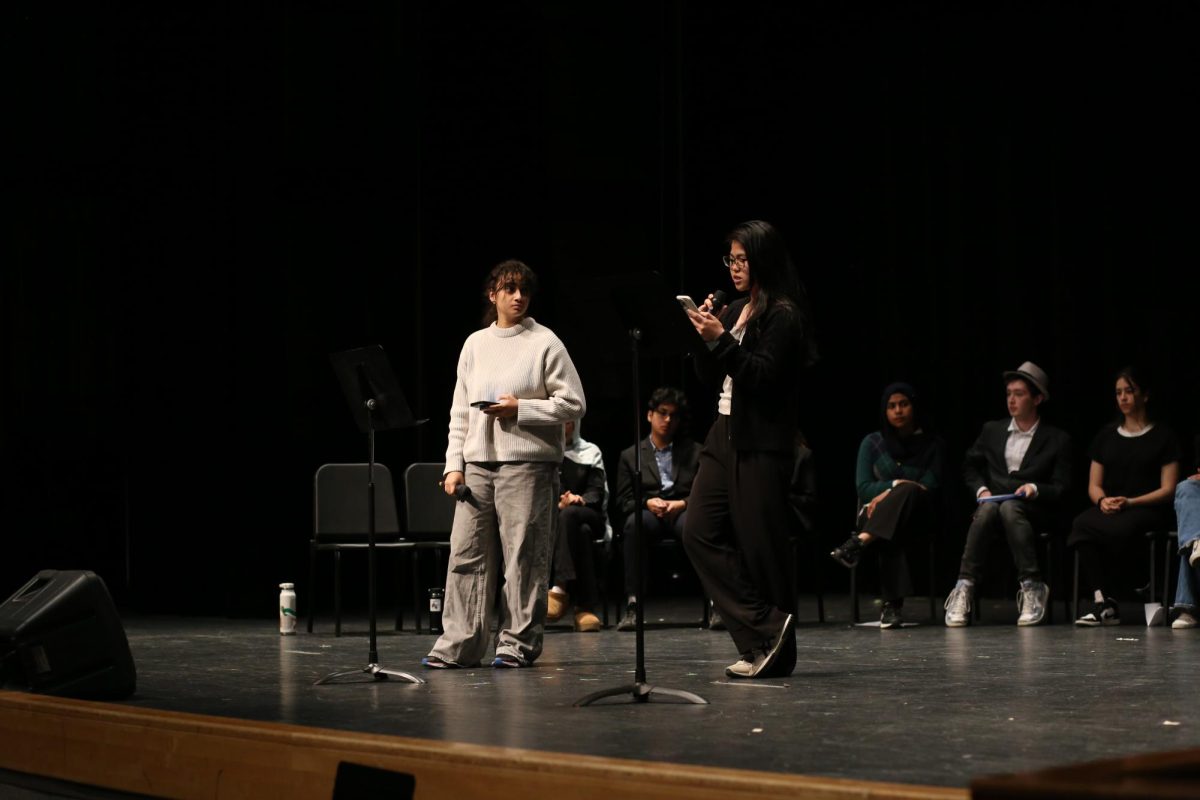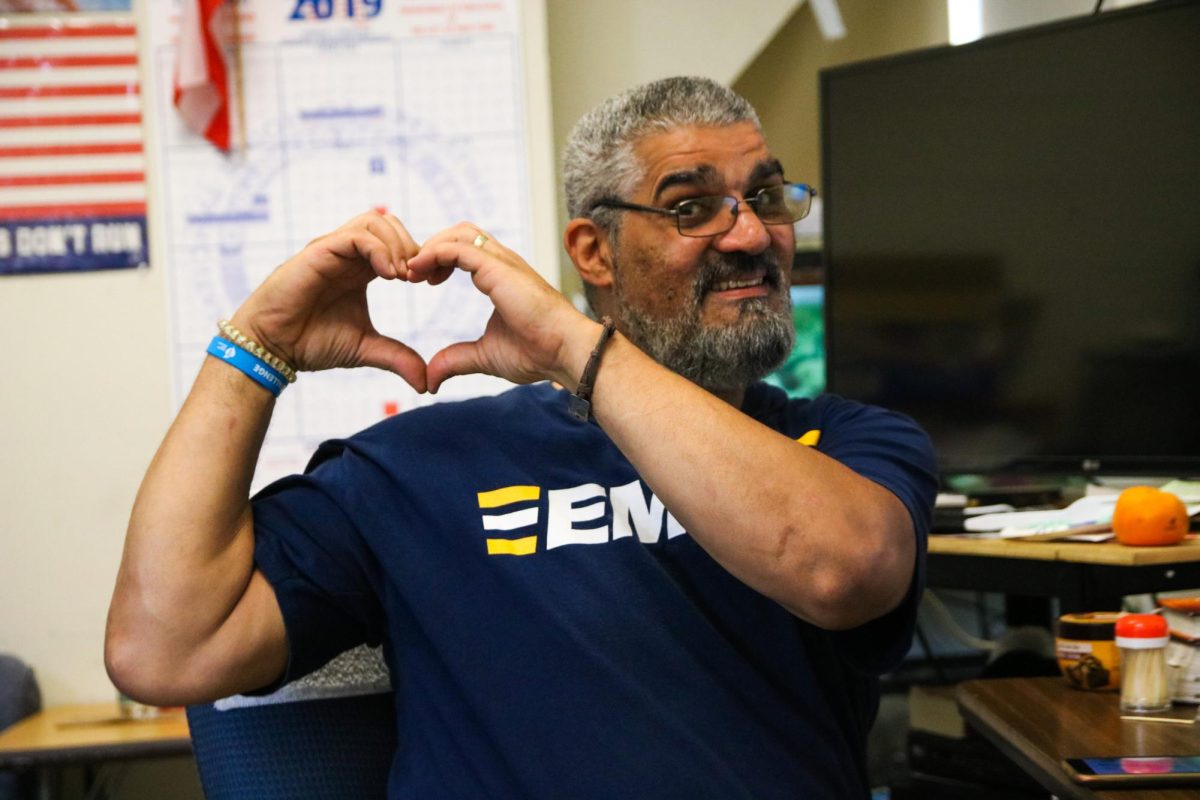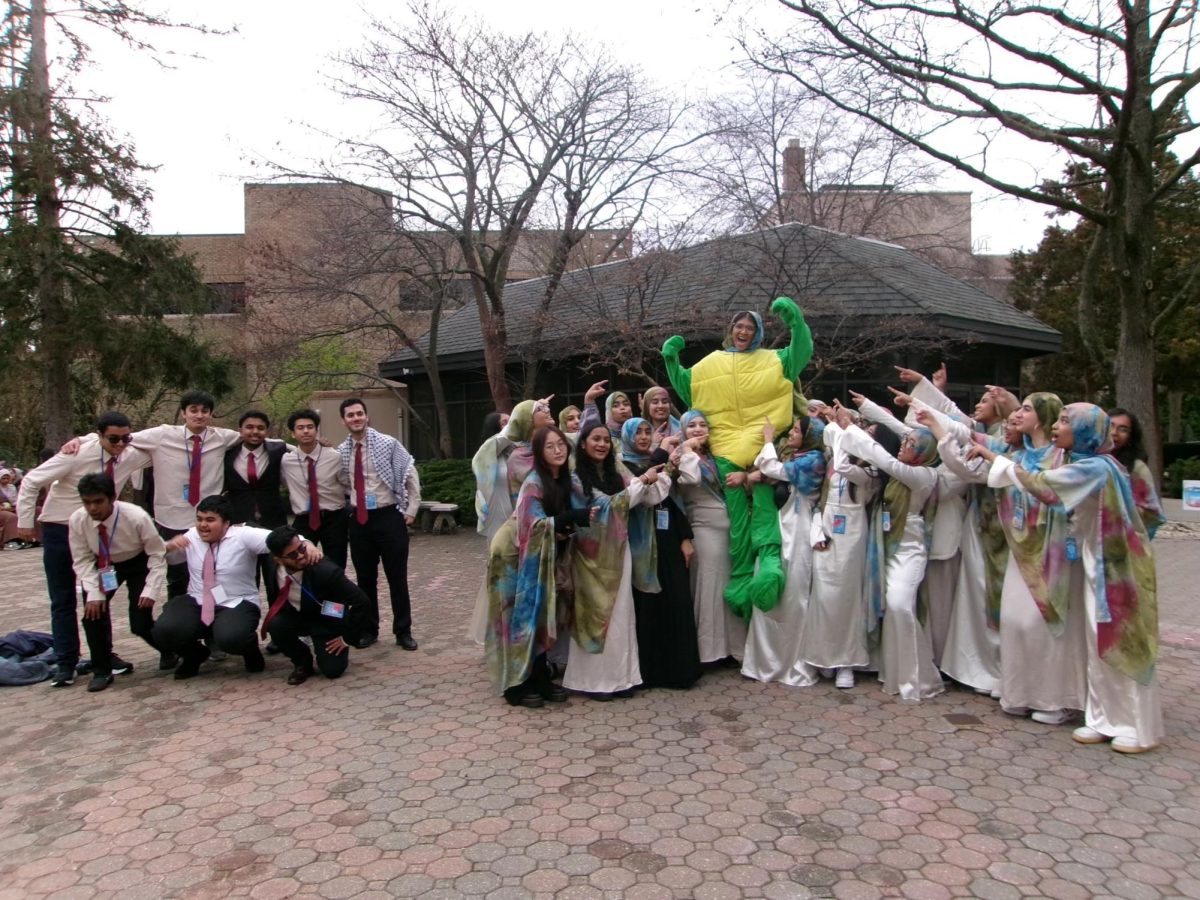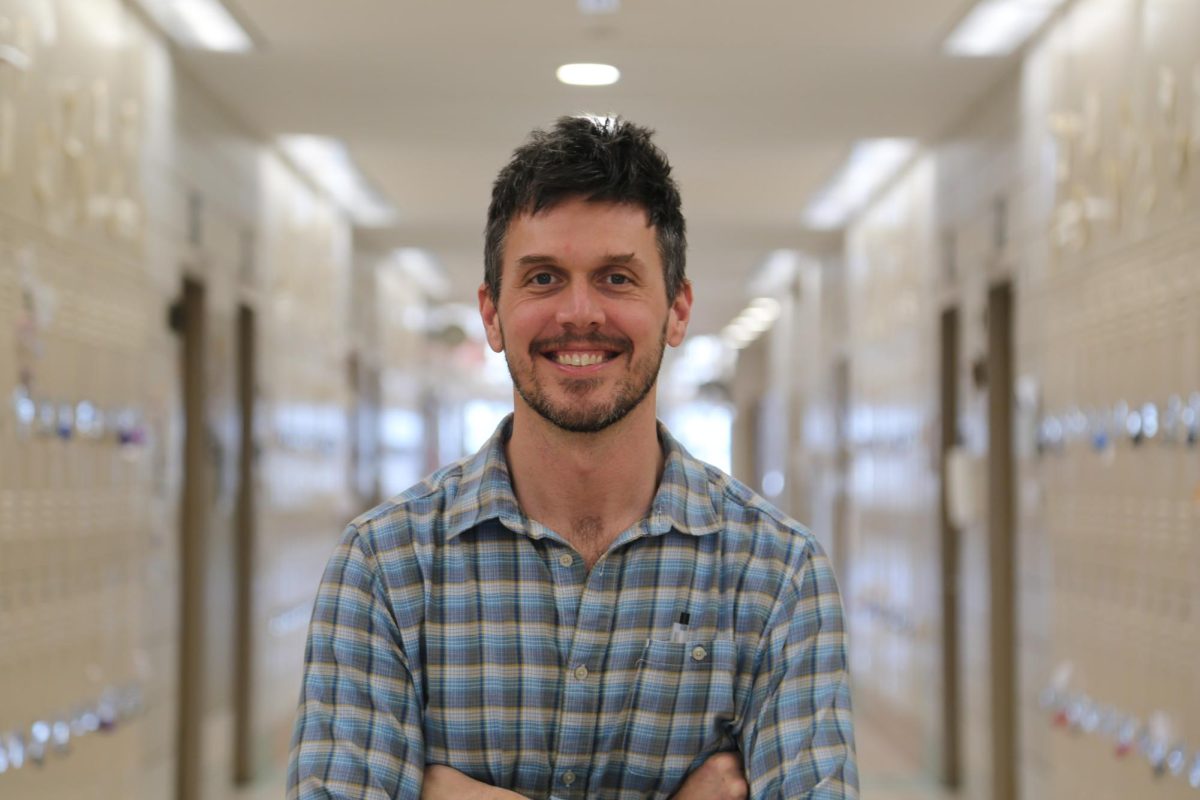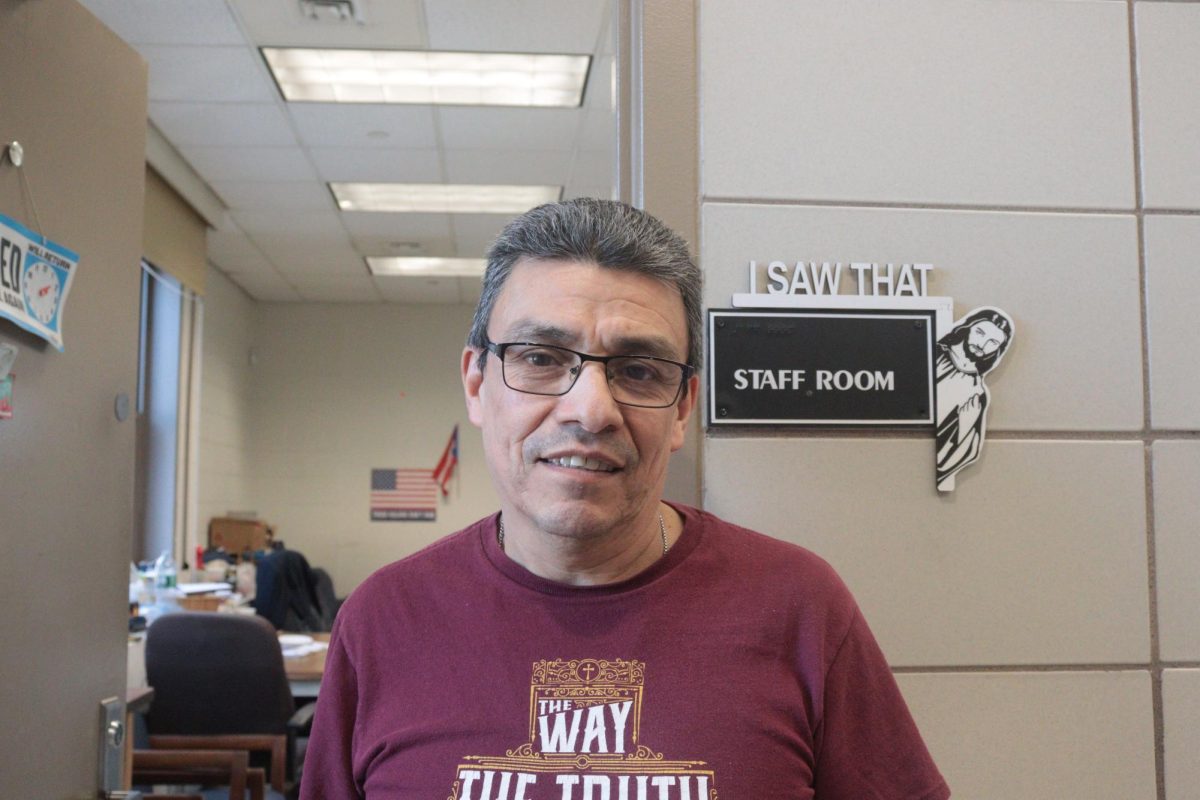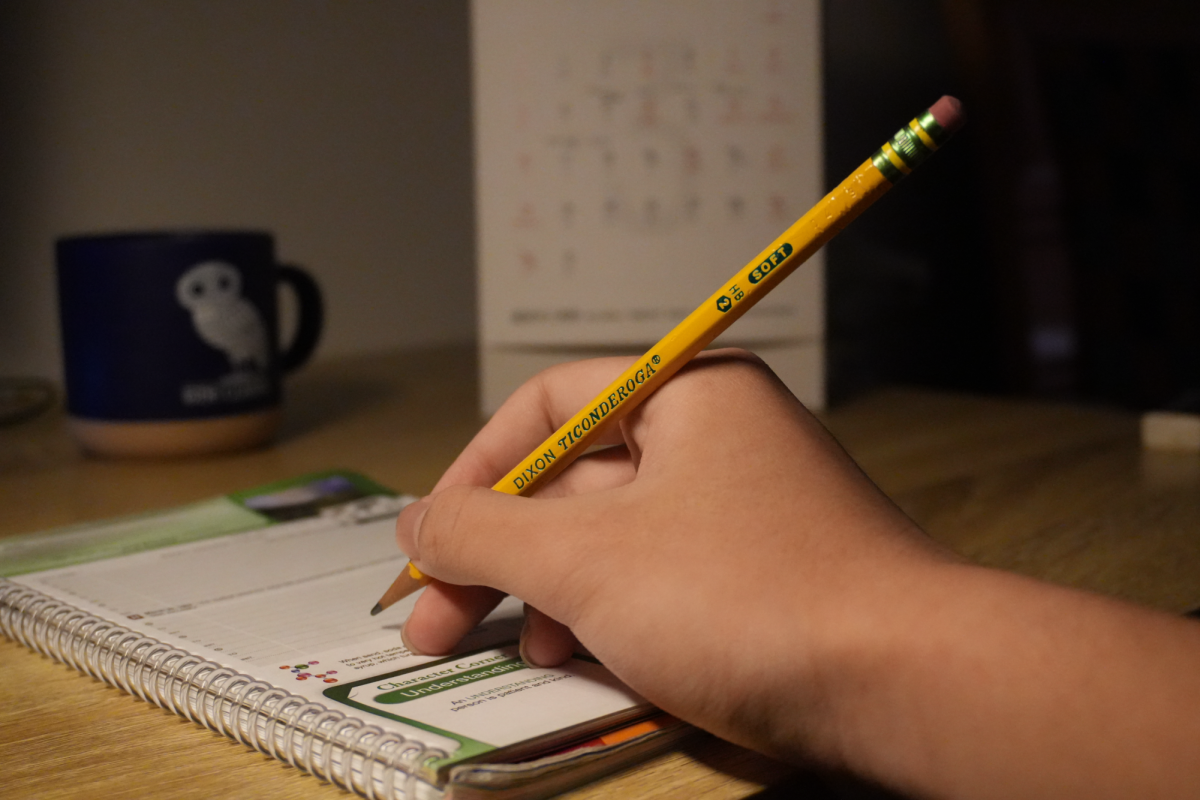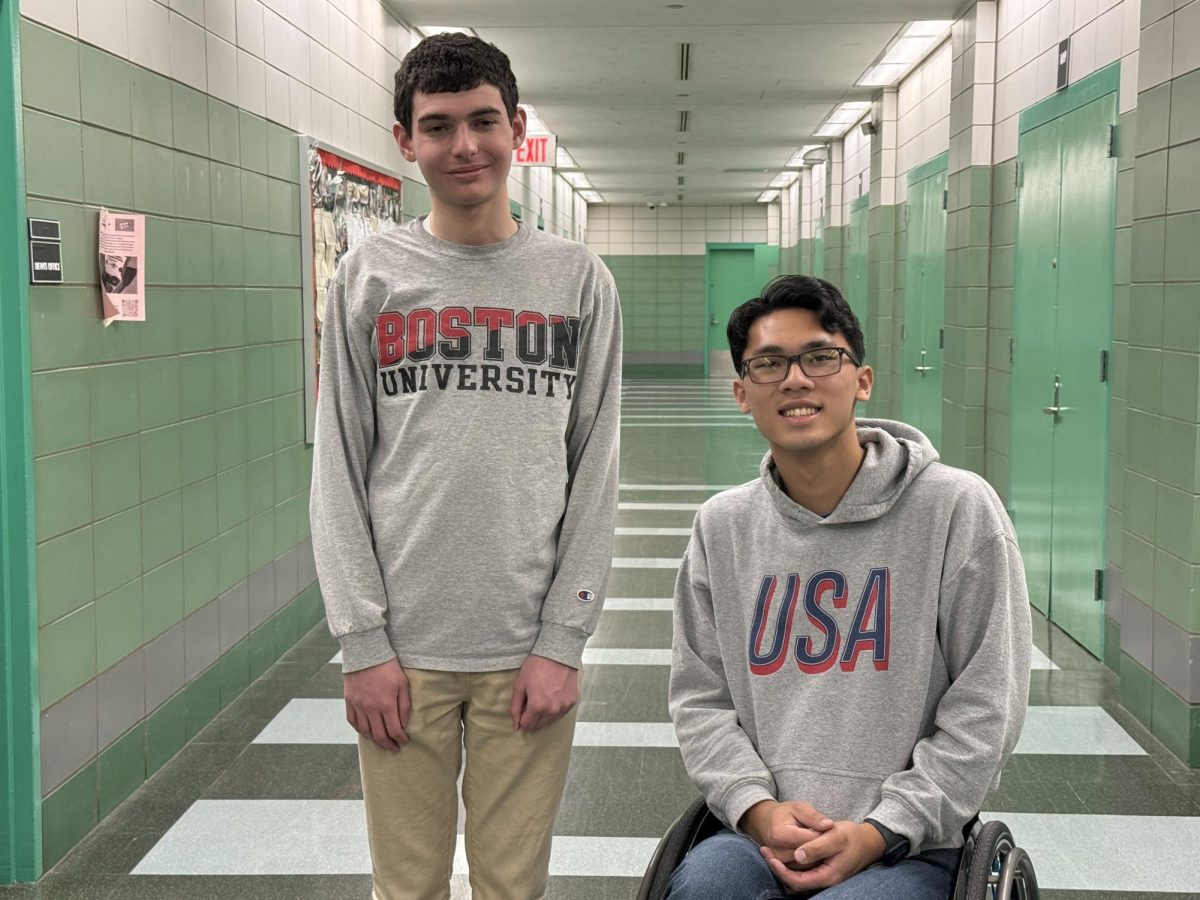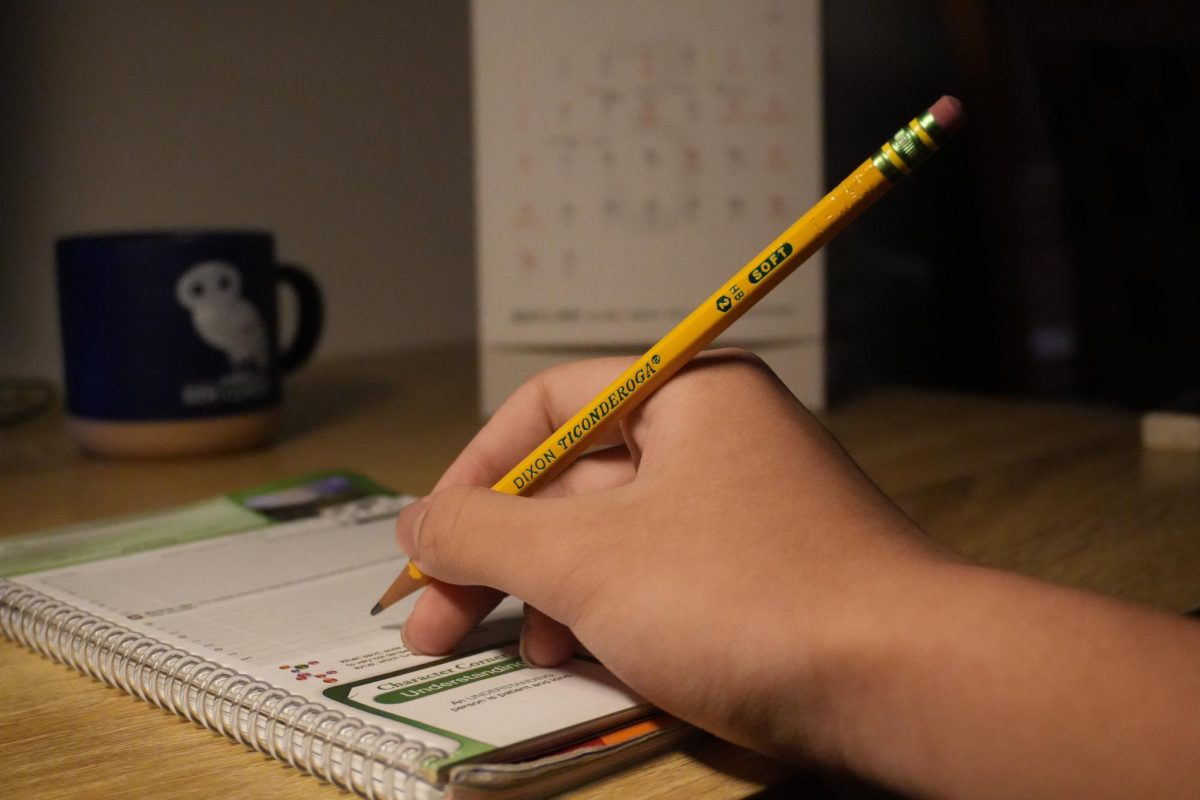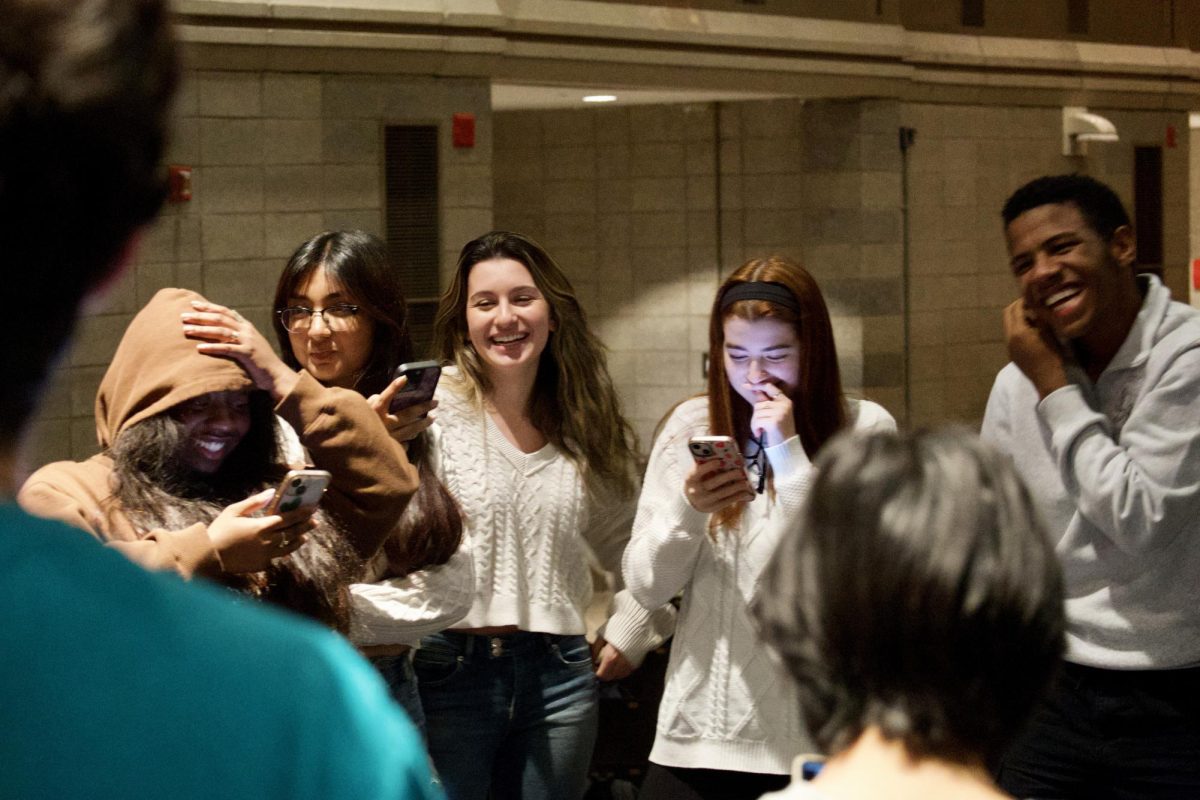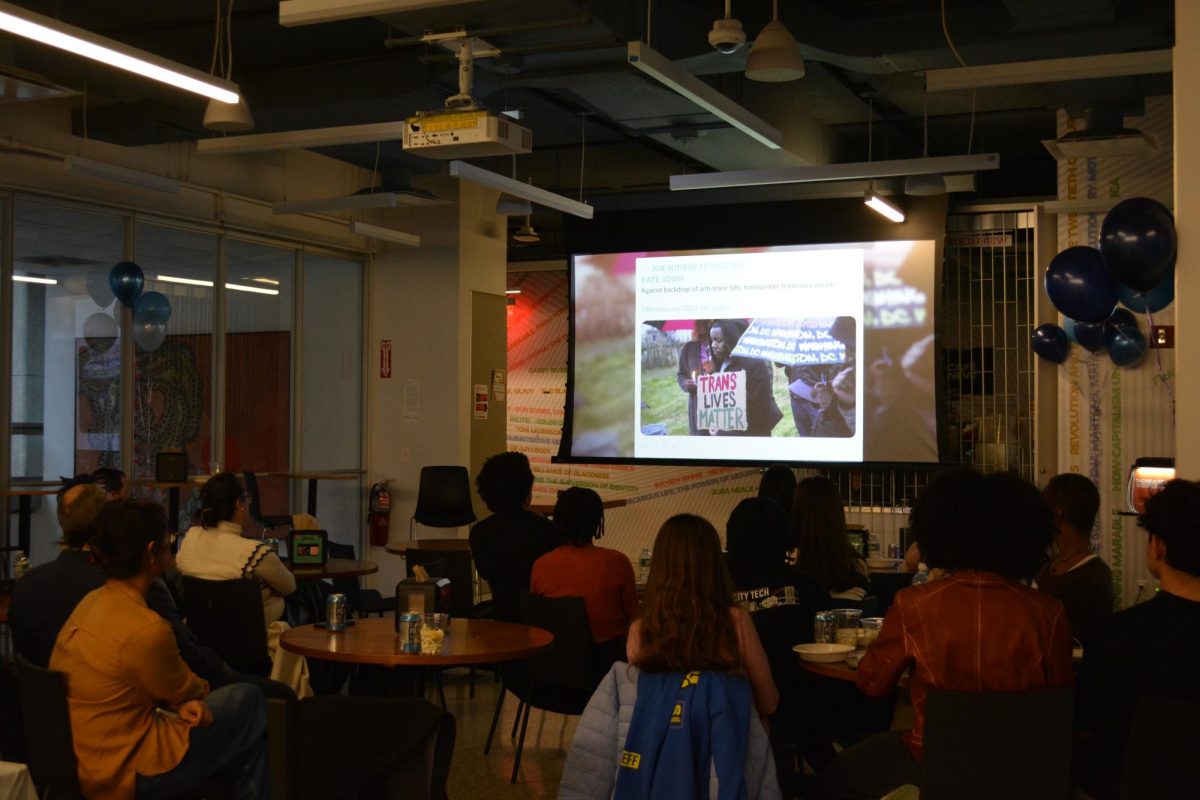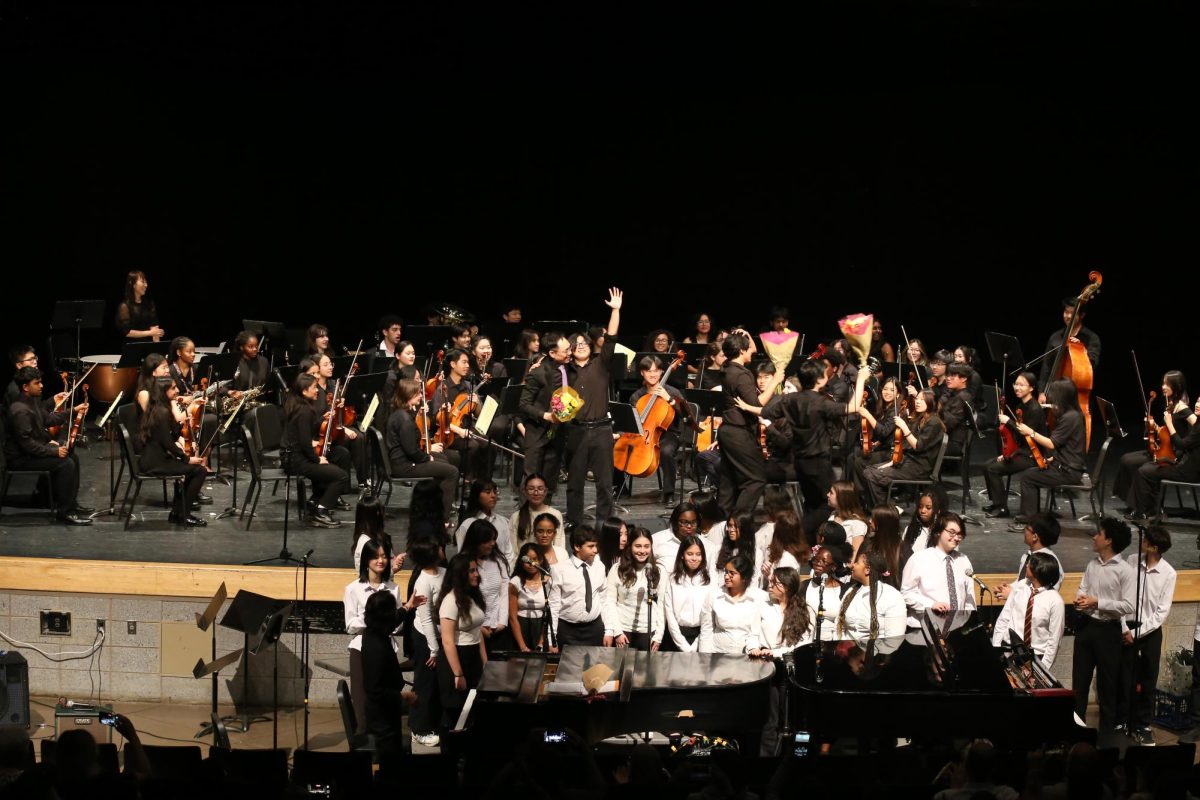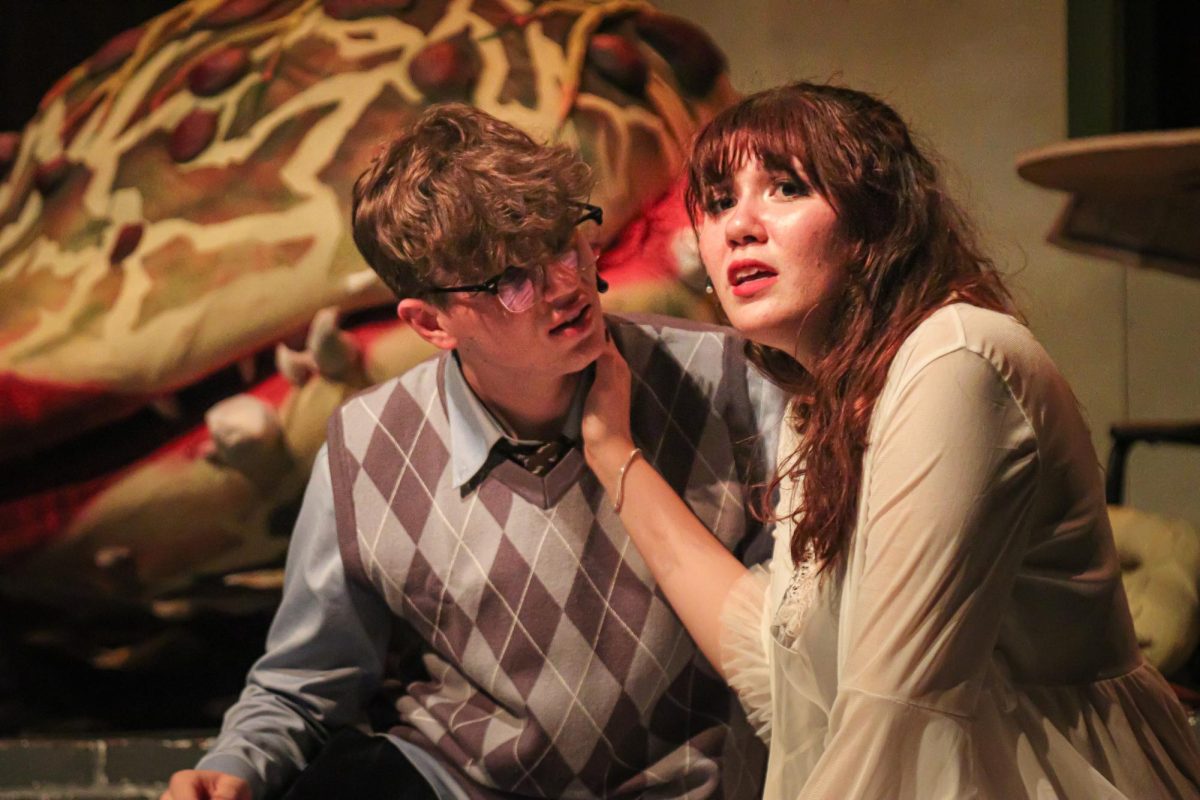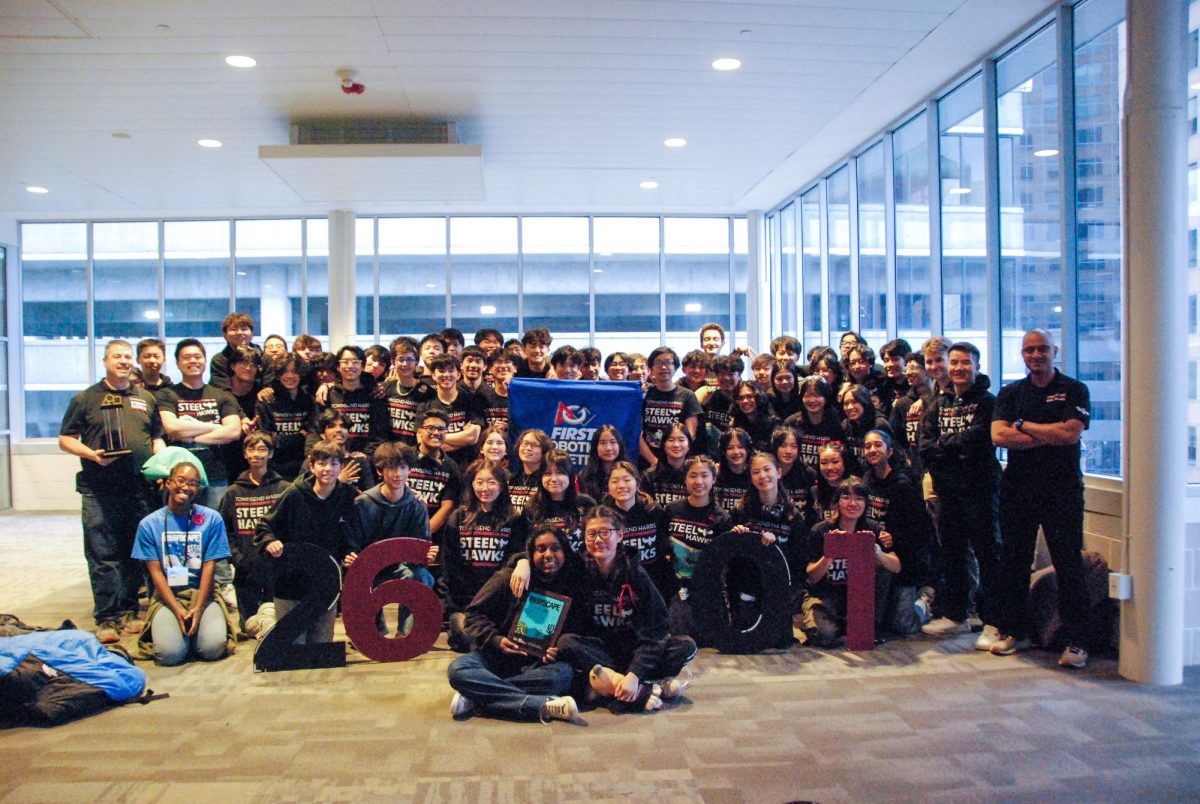
For a school of its diminutive size, Townsend Harris supports a wide range of extracurricular activities, but it doesn’t stop there. This year, our school will revive its Science Bowl competition team.
The National Science Bowl (NSB) is a middle and high school competition that has been organized and funded by the United States Department of Energy since the event’s establishment in 1991. Texas Instruments and General Motors are among the other sponsors of the event.
Science teacher Philip Porzio, who is also a Science Olympiad coach, will supervise the Townsend Harris Science Bowl team. The team will consist of seniors Syeda Hasan, Jonathan Lee, Ivy Lam, Jesal Parmar, and MinJun Li; Syeda will be leading the team as captain.
It’s evident that the team members all share a deep love for science. Science, in their eyes, is interesting and gratifying in that it encompasses a wide range of topics.
Mr. Porzio stated, “A few members are drawn from science olympiad, and it does put burden for both clubs, but we do assign similar topics to what they have studied.”
Jonathan remarked, “You can study the tiniest bacteria on this planet or you can study the formation of the universe and everything in between.”
Another team member, Ivy, whose love of biology motivated her to join, commented, “I hope to learn more about the topics I will be focusing on. It will be exciting to test the limits of my knowledge and hard work.”
Teams start out with regional competitions and can only proceed to nationals if they win a regional tournament.
Each high school can only bring one team of four to five students. Only four students compete at one time, while the fifth person stands in as the substitute.
Comparable to Science Olympiad, Science Bowl features numerous categories of science.
The 2015 high school topics include Biology, Chemistry, Physics, Mathematics, and Earth & Space Science.
Middle schools compete in a different set of categories.
Contestants utilize a lockout buzzer system similar to the ones that popular television game shows use to enter responses.
Upon statement of the question, the person who buzzes first receives a chance to answer. Each team earns four points for each accurate response to toss-up questions. If a team submits an incorrect answer then the opposing team receives four points. The question is then repeated, so that the opposing team has a chance to answer.
If a team correctly answers a toss-up question, then it is eligible for a bonus question. Bonus questions are worth 10 points each, amounting to a total potential score of 18 points for one question.
Team members are not allowed to consult with each other for toss-up questions, but they are allowed to do so for bonus ones. The highest score that any team can achieve is 450 points.
Jonathan hopes that the team will consistently improve with time by scoring in the “top 10 in New York City this year [followed by the] top 5 next year and so forth.”

